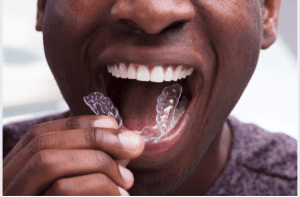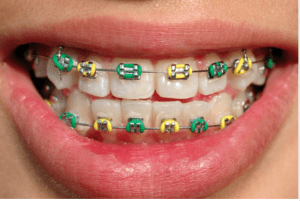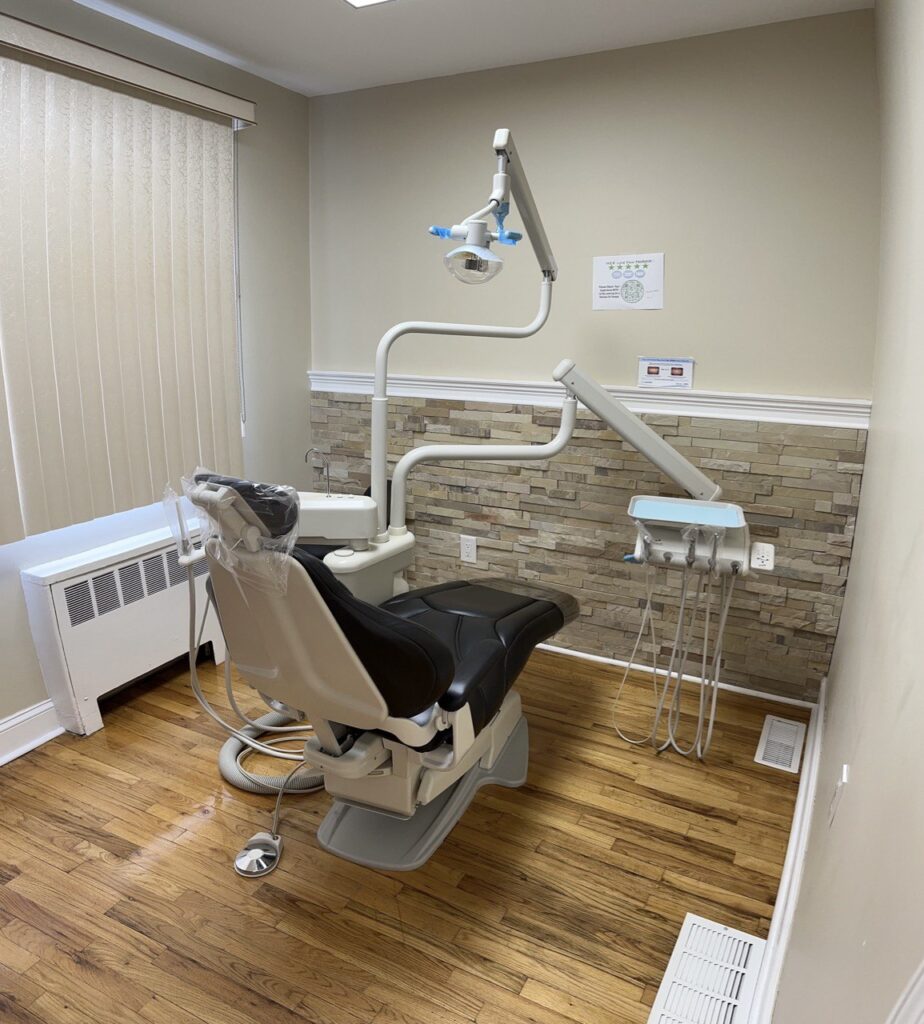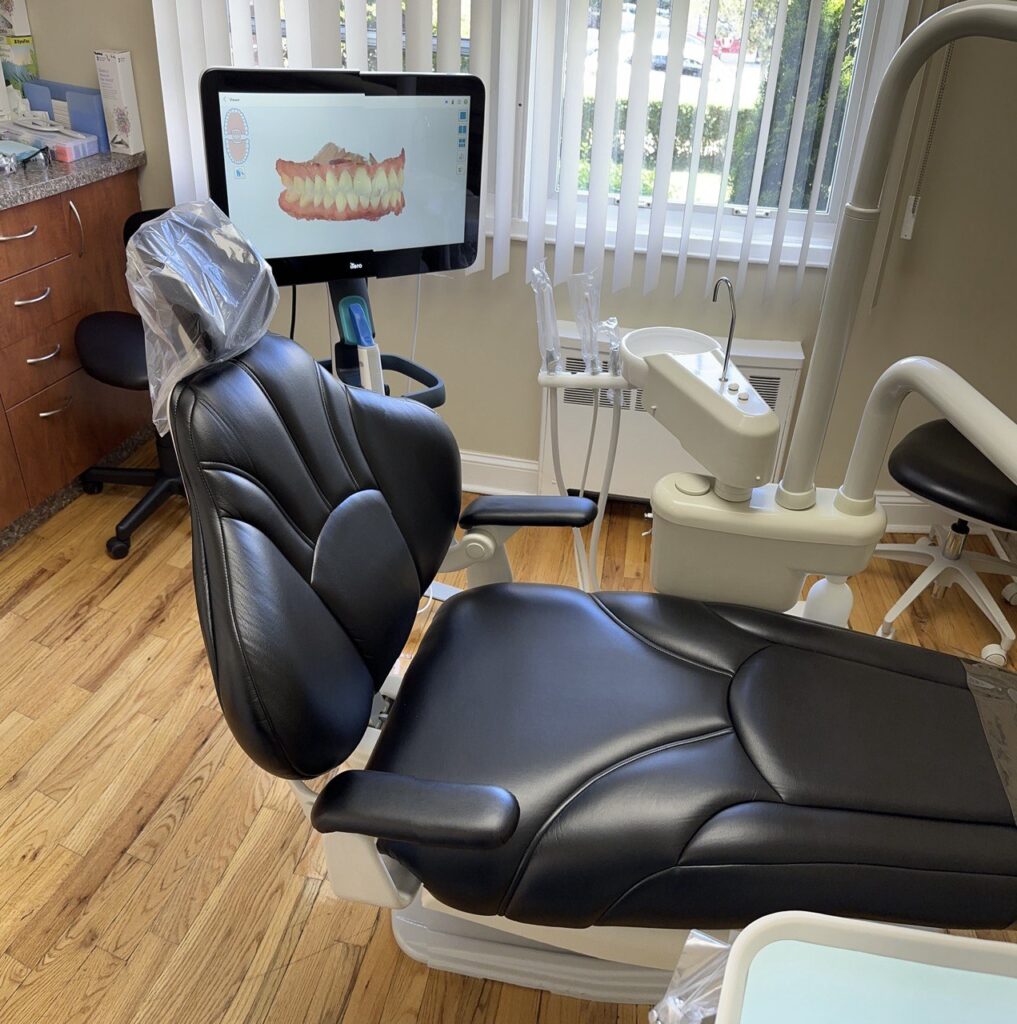Braces-friendly Eating: A Guide To Foods You Can Enjoy
In the early weeks, which are crucial, typically the teeth are sore and patients will slowly adjust to their changing bite. This will make it difficult to eat some favorite foods.
Once a patient begins to get used to the treatment, there will be a period where it is okay to try different foods with braces. The turnaround time for patients to start eating their favorite foods normally is around two weeks. This can vary for some but always consult the orthodontists beforehand.
But, with braces, all foods are not created equal.
There are foods that can be safely eaten with braces and there are foods that will need to be avoided. Patients will need to pay special attention and avoid all foods that could break, bend or damage their new braces. Their ability to comply with the food instructions will have a direct impact on how well the treatment finishes.
WHAT FOODS OR FOOD TEXTURE CAN BE ENJOYED
- Soft fruit
- Cooked vegetables
- Soft cooked grains, soft crusted bread
- Milk and yogurt
- Lean, tender meat, tofu
- Smooth nut spreads
- Eating a variety of foods
- Soups
WHAT FOODS SHOULD BE AVOIDED OR AT LEAST BE CAUTIOUS OF
- Hard fruit
- Hard raw vegetables or hard-cooked vegetables like corn on the cob
- Unground whole grains, hard-crusted bread
- Meat from the bone
- Whole or chunky nuts and seeds
- Candy
- Chips
LET’S TALK ABOUT WHY EATING CANDY IS NOT A GREAT IDEA
Candy isn’t an official food group, but let’s face it most people do enjoy the occasional candy from time to time. But eating candy can be very destructive to your braces, and possibly to the tooth’s surface as well.
Candy can be broken into two groups: hard and sticky. Morsels of toffee will adhere to the brackets and bands, which can easily break them off. Hard chocolate-covered nuts will do similar damage similar to their stick counterpart. Gummy candy will bend archwires and get stuck under your braces attachments.
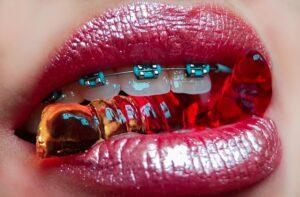
Eating candy should be avoided during your orthodontic treatment. Teeth are more vulnerable to decay while in braces, therefore eliminating excessive sugar is very important during your treatment.
While candy may be a favorite for most, moderation is the best route to practice. However, for anyone who wears braces candy can become stuck. This is something no one wants to experience because the pain could be involved.
When the wrong foods are eaten regularly, patients are at risk of extending their treatment time frame. As orthodontists, the back molars are where we see the majority of broken brackets and this can delay your treatment if it happens often. This needs to be avoided at all costs.
Patients should consult with their orthodontist first to ask what foods should be avoided completely and for how long. Following instructions means that the patient will receive the best outcome when braces are involved.
ASK AN ORTHODONTIST!
If you are unsure about what steps to take when it comes to orthodontic care, by all means, comment, send us a message, or call us to ask any questions! Check out our latest article that talks about what questions have been asked before.
ORTHODONTIC CARE IS AVAILABLE IN THESE LOCATIONS
If anyone is needing to visit our orthodontic care center, visit Amazing Smiles Orthodontist with convenient locations in Long Island, Brooklyn, and Queens, NY. Amazing Smiles honors payment plans such as payment installments, insurance, flexible spending programs, and third-party financing.

